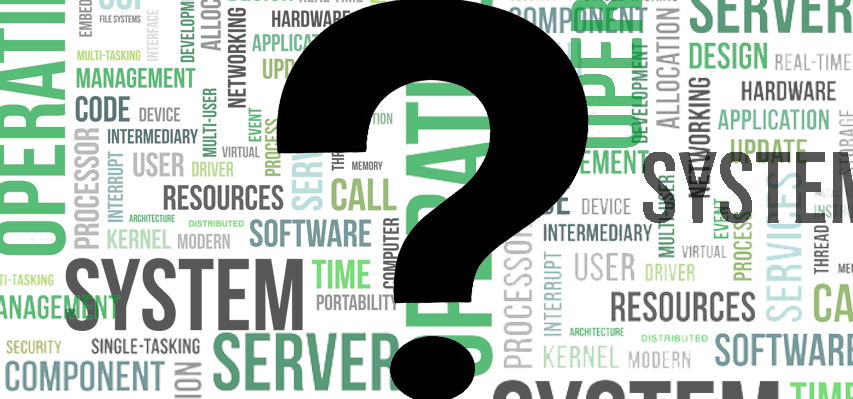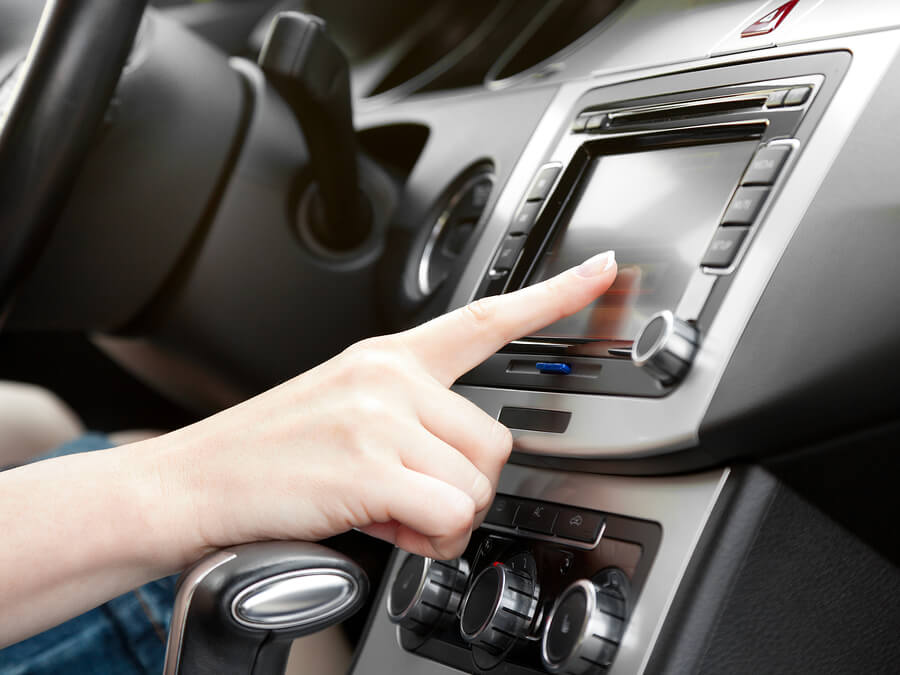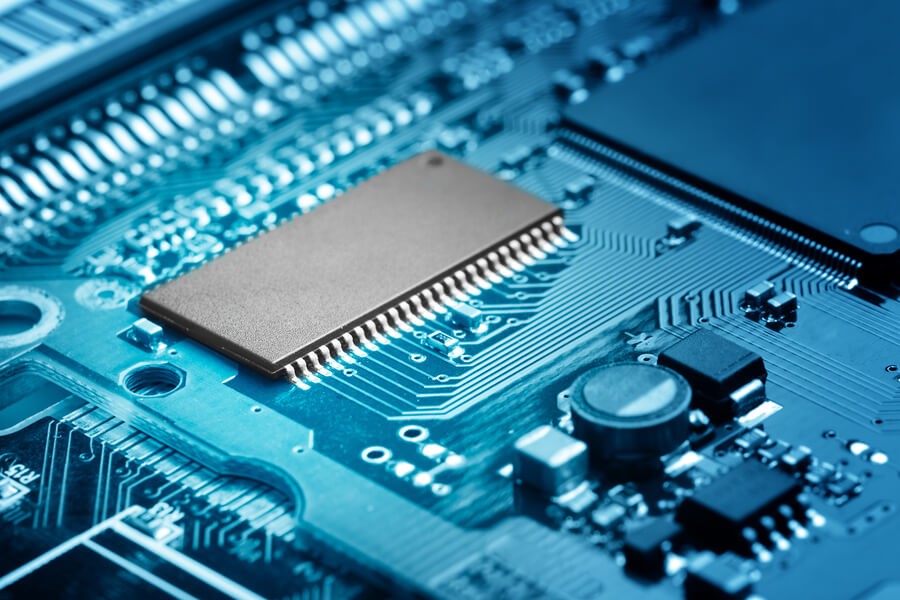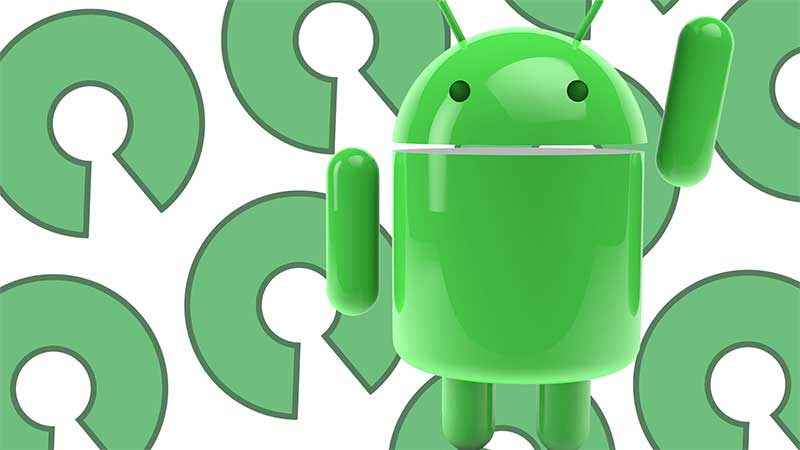When you hear the phrase “embedded system,” it’s easy to tune out and think: that’s tech talk. But the truth is, the concept of an embedded system is actually pretty easy to understand. Simply put, an embedded system is a computer system built within a larger mechanical system. Think of the alien controlling the larger human robot from Men In Black. The alien is the embedded system of the larger mechanical system (the human). Okay, so that’s not a real-world example, but you get the picture of small operating system under a larger umbrella.

Why the term embedded? Why not just call it a computerized system, or digital system? Pinning down an exact definition is tough, but pretty much all computer systems could be considered embedded, except obviously things like the personal computer with a keyboard and monitor. Embedded systems are different from the personal computer because embedded systems are typically designed to complete a very specific task, or set of tasks, within the larger mechanical structure. Laptops and PCs on the other hand, are designed to perform thousands of tasks for the end user.


Using the automobile as an example, we can breakdown the components of embedded systems. There can be, and often are, more than one embedded systems within a larger device. The automobile can have an embedded audio system that is part of the larger speaker, speaker wire, CD player, AM/FM radio player that syncs with your smartphone to play your most recent playlist. There can also be an embedded global positioning system (GPS) connected to the main mechanical structure (vehicle) and be considered an embedded system. The GPS serves a very specific purpose of navigation. The embedded audio system serves the very specific purpose of playing music through a smart device. Some cars have full-on infotainment systems; embedded technology that provides a combination of services such as navigation, music, voice calling, and more.
Embedded systems are usually housed on a single microprocessor board with the programs themselves housed in ROM. Embedded systems are application and single functioned: what does that mean? They are designed to meet real-time constraints and are executed repeatedly. Typically, these systems do not have a user interface…hence the term embedded.
You’ve most likely heard the term embedded Android (if you haven’t, welcome to our blog!). The operating system


is open source, which means that if you have the coding and engineering skills, you can modify, build, and repurpose systems to fit your needs. Where the embedded Android OS comes into play is when a product needs a highly customized embedded system; Android naturally fits the bill. The growing popularity and availability of smart devices such as smart appliances, wearable computing, and smart vehicles are all made possible through the embedded use of the Android operating system.